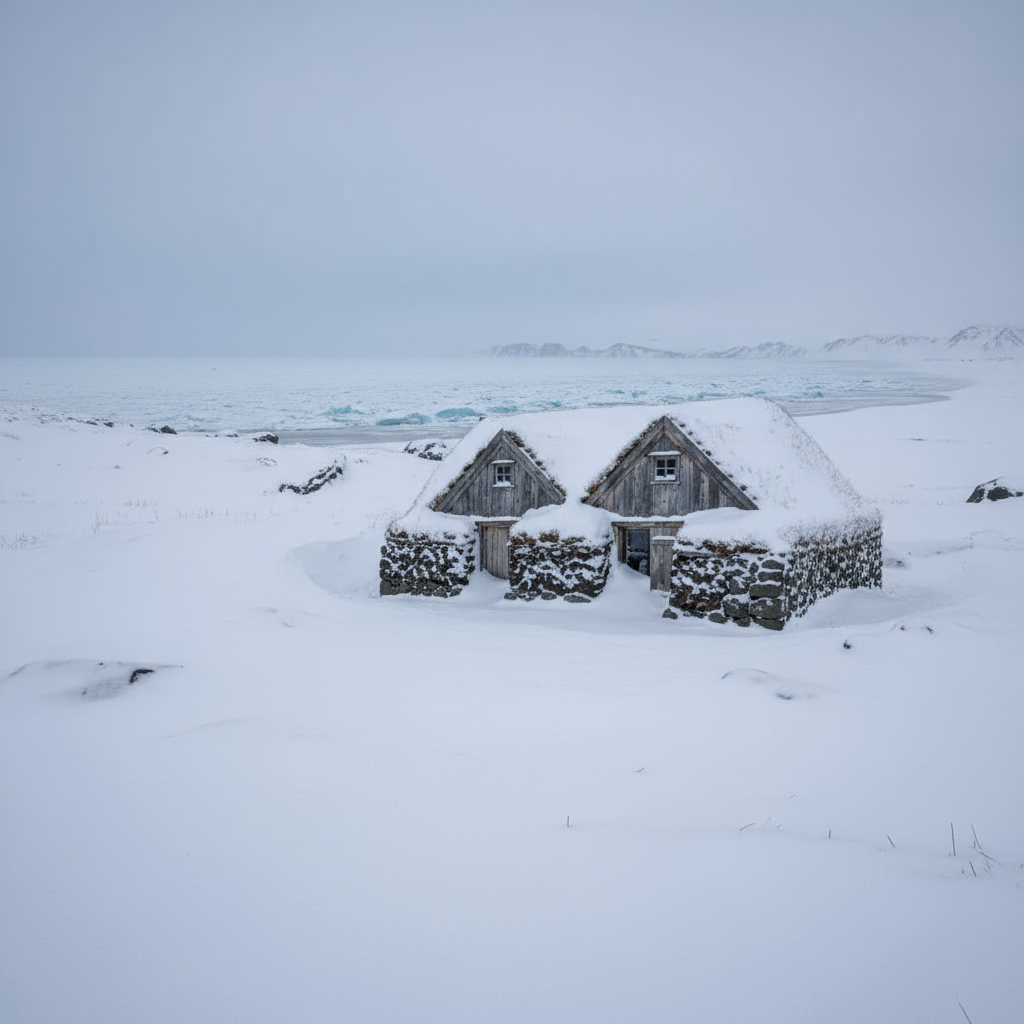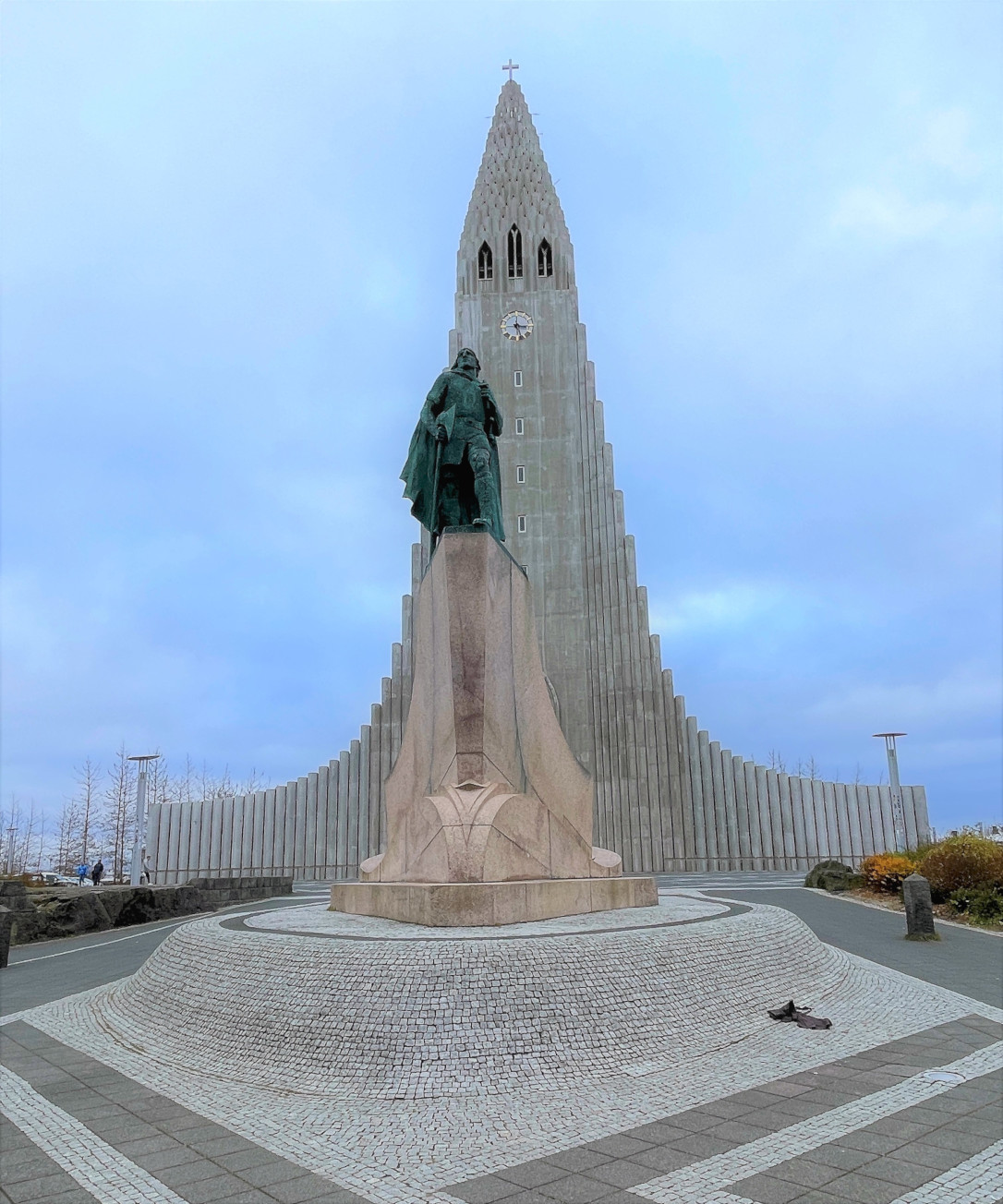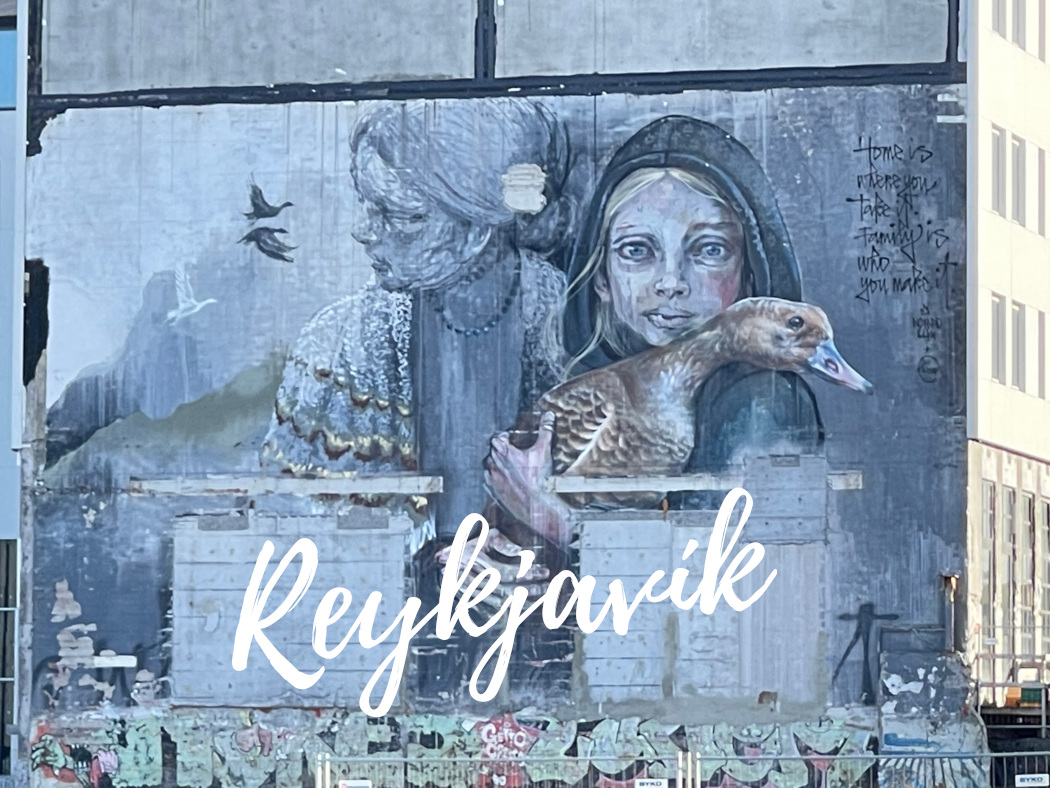| Ingólfsstræti 21, Reykjavík. |
Ingólfsstræti 21 became protected under the protection laws in 2011. It is one of the very first concrete buildings in Reykjavík. The first concrete house was a large barn the French baron Charles Gauldrée-Boilleau built for himself on Barónstígur 4 (the street is named after him: Baron Street). Although it wasn´t the very first concrete building in Reykjavik, it was the first one built in new-renaissance style. The other concrete house built about the same time was Bankastræti 6.
In 1903 workers from Denmark were brought to Reykjavik to work on the concrete artistry which so beautifully decorates the face of Ingólfsstræti 21. It was built for its first owner, the bookbinder Halldór þórðarson and manager of Félagsprentsmiðjan which was owned by Sigmundur Guðmundsson (he is also mentioned in my previous blog). Its most prominent owner was ship-owner, entrepreneur and visionary Óskar Halldórsson. He was also the main reason there are herring factories in Iceland. You can read about him in Halldór Laxness´ work Íslands-Bersa in Guðsgjafaþulu, published in 1972.
Back in the day, people in Reykjavik would sometimes have the wake or a viewing in their homes and from there, carry the coffin to the church. In 1953, Óskar Halldórsson was the last man to be carried in his coffin from his home on Ingólfsstræti 21 and over to Reykjavik Cathedral.
 |
| Óskar Halldórson´s coffin being walked from Ingólfsstræti 21 to Reykjavik Cathedral. |
In 1926, a family of five lived on Ingólfsstræti 21. Ragna Gísladóttir (1912-1999) was one of the three children of Margrét Sigurðardóttir (1874-1972) and silversmith Gísli Gíslason (1872-1956).
Ragna loved singing insomuch that she and her friend, Hanna Guðjónsdóttir, joined song clubs. They spent much of their time practicing their singing. In fact, her friend Hanna went on to play an important role in Reykjavik´s music culture (among other things, became a piano teacher and a member of the honor society of the philharmonic choir) and married Stefán Kristinsson who was a part of the The Apostles (postularnir) in Reykjavik´s music association (Tónlistarfélag Reykjavíkur). From early adulthood, they both frequented Unuhús, the main hub for artists at the time.The couple were close to the Laxness family (Halldór Laxness) who lived for a time in the same house on Laufásvegur 25. Their son, Einar Laxness, was a friend of the couple´s son and a constant fixture in their home.
The girls never ate before practice, so Ragna’s mom would make sure there was food on the table for them after practice.
One day in 1926 when the girls came home from singing practice, Ragna’s mom had gone out to visit her friend Jóhanna Þorsteinsdóttir on Lindargata 9. She had left sandwiches on the kitchen table for the girls to eat. The girls sat down at the table to eat their sandwiches.
Ragna’s sister, Magnea Ósk (1904-2000) was hanging out in the living room with her friend Þórhildur Ólafsdóttir. The way the apartment was set up the kitchen was to the right of the entry way and in order to get to the living room, you had to walk through the kitchen. From the living room you could get to the master bedroom.
Þórhildur (1900-1982) went on to play a vital role in foster care education. She went to Stockholm, Sweden, to study social pedagogy and when she returned to Iceland she realized childcare in Reykjavík was severely lacking. It was only available in the summer while mothers worked in the fisheries. Þórhildur fought for a year-round day care for children pushing a healthy environment including healthy foods. In 1940 she opened the first year-round day care with 20 children signed up. She had one assistant working for her. After paying the assistant her wages, there wasn’t enough money left over for Þórhildur. Only three months after opening, the money was spent and the daycare closed. She later opened another care center called Tjarnarborg located on Tjarnargata.
While they were eating, Ragna’s mom walked through the front door and into the kitchen. She stopped and made small talk with the girls, commenting on how beautiful the weather was that day. The girls looked outside into a clear sky covered in stars. The mom told the girls to finish eating and after a few more comments she calmly took off her shawl and put it on her arm before walking into the living room. She stood in the doorway and said something very serious and strange to Magnea and her friend. Ragna and Hanna overheard what she said and were very confused about the different tone her mother used and the contrast in the conversation to the one they had just had. Chills went through them and they stopped eating altogether. They sat completely still for almost ten minutes. Ragna then got up to ask her mom what she meant by what she had said to her sister. She walked into the living room where her mom had gone. To Ragna’s surprise, her mom wasn’t there.
Ragna asked her sister where their mom went. Confused, Magnea said their mom was never there. Ragna didn’t like the response and adamantly stated that her mom had just gotten back and she saw her talking to them in the living room. Slightly annoyed with her sister, she started looking for her mom. She walked into her dimmed bedroom. She thought it was strange her mom would sit alone in the dark. Certain her mom had to be there somewhere, she searched everywhere. She even searched under the bed covers and under the bed. Her mom was nowhere to be found.
It is common for many Icelanders to take such visions seriously, so the girls got worried that something may have happened to their mom. Without putting their hats or gloves on, they rushed out the door towards Jóhanna´s house. When they got to Bergstaðastræti 6 they saw their mother walking with her friend. When the mom saw the girls rushing towards her, she hurried towards them wondering if everything was alright, especially since they weren’t even properly dressed. Something must be wrong.
Relieved and happy to see their mom was OK, the girls asked her if she had been thinking about home. The mom smiled and told the girls she always thought about home when she was away. Happy and relieved their mom was safe, they told her what had happened and how they been worried she had died when they saw her ghost in the kitchen.
Click here to see on Google Maps



